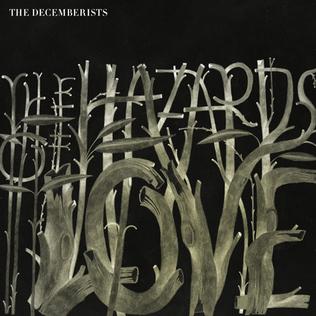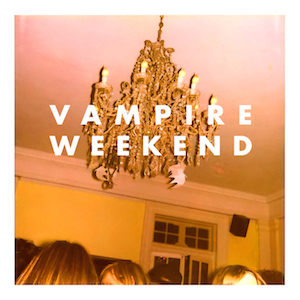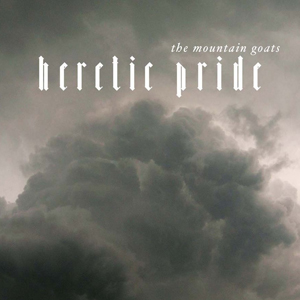Some bands make a career of striving toward the new: new sounds, new techniques, new combinations, new instruments. Few bands live in the past, making bygones relevant once again and resurrecting parts of music that died well before the start of the twenty-first century. But when a group like The Great Republic of Rough and Ready comes along, with the power to conjure the ghosts of music past, it can be a magical, albeit nostalgic feeling.
Everything about The Great Republic is of another time. From their hand-woven album artwork to the ‘30s jazz-club presentation of the music at bars around New York, The Great Republic reeks of a time and place in America that has been lost for the better part of a century. Guitarist Samuel Stein, sitting on a stool with only his guitar mic’d, never speaks a word and wears his vagabond suit and argyle socks as if he’s only just stepped off the steam-engine train after an arduous journey. He projects the style of a grizzled vet, wise beyond his years. Singer Elissa Spencer stands at the microphone, completely at ease, oozing confidence and consistently sipping whiskey that, despite her outwardly obvious twenty-something years, gives her voice a sixty-something fineness. Think Nina Simone. Think Ella Fitzgerald. No effort at all…just smooth and smoky.
This picture that was painted in the dim light of Banjo Jim’s on Manhattan’s Lower East Side is painted just as clearly on The Great Republic of Rough and Ready’s eponymous debut EP. From the opening croon of “Candyman”--the song that drew me toward the front of the room at Banjo Jim’s and whose sweetness seeps from the speakers--to the closing electric riff of “Gospel Ship,” The Great Republic of Rough and Ready is twenty minutes of ephemeral and ethereal time travel. As Spencer croons “Candyman” again and again, accentuated only by a light mandolin, the silences between her breathy pleas are rife with both pleasure and pain. Her a cappella jazz-vocal intro to “See See Rider Blues” harkens back to a barbershop quartet. At first Spencer is a lone voice, but slowly (as the magic of computers allow), three other Spencers fill the sound, signaling the entrance of Stein’s fingerpicked guitar licks and droning bassline that underlie the remainder of the song. Stein whips out the electric on “Cherry Ball Blues,” and his driving groove dances playfully with Spencer’s choked, meandering vocals. The intricate electric guitar riffs on “Gospel Ship” play similarly with Spencer’s carefully crafted melody, but with a more rhythmic and lyrical focus. This is all to say that, despite the EP’s diminutive runtime, between jazz vocals and blues riffs and subtly experimental instrumentation, The Great Republic of Rough and Ready have covered nearly half a century of American blues tradition.
The Great Republic of Rough and Ready’s twenty minute journey tells of a transient man and a weathered woman from the early 1900s putting on a traveling show, telling the stories of their life together. Through the quaint simplicity of a guitar and a voice (with some horns, strings, harmonium and mandolin sporadically and subtly thrown into the mix), this brief yet powerful narrative seems very honest in a way that more modern electronic music simply cannot be. It sounds like the roots of Americana and folk and Southern blues just reaching through space and time to remind us that, without such sound routes, the Justin Vernons and the Sam Beams and, yes, even the Elissa Spencers, would be nowhere at all.
Listen to and follow The Great Republic of Rough and Ready at http://www.myspace.com/grrready








